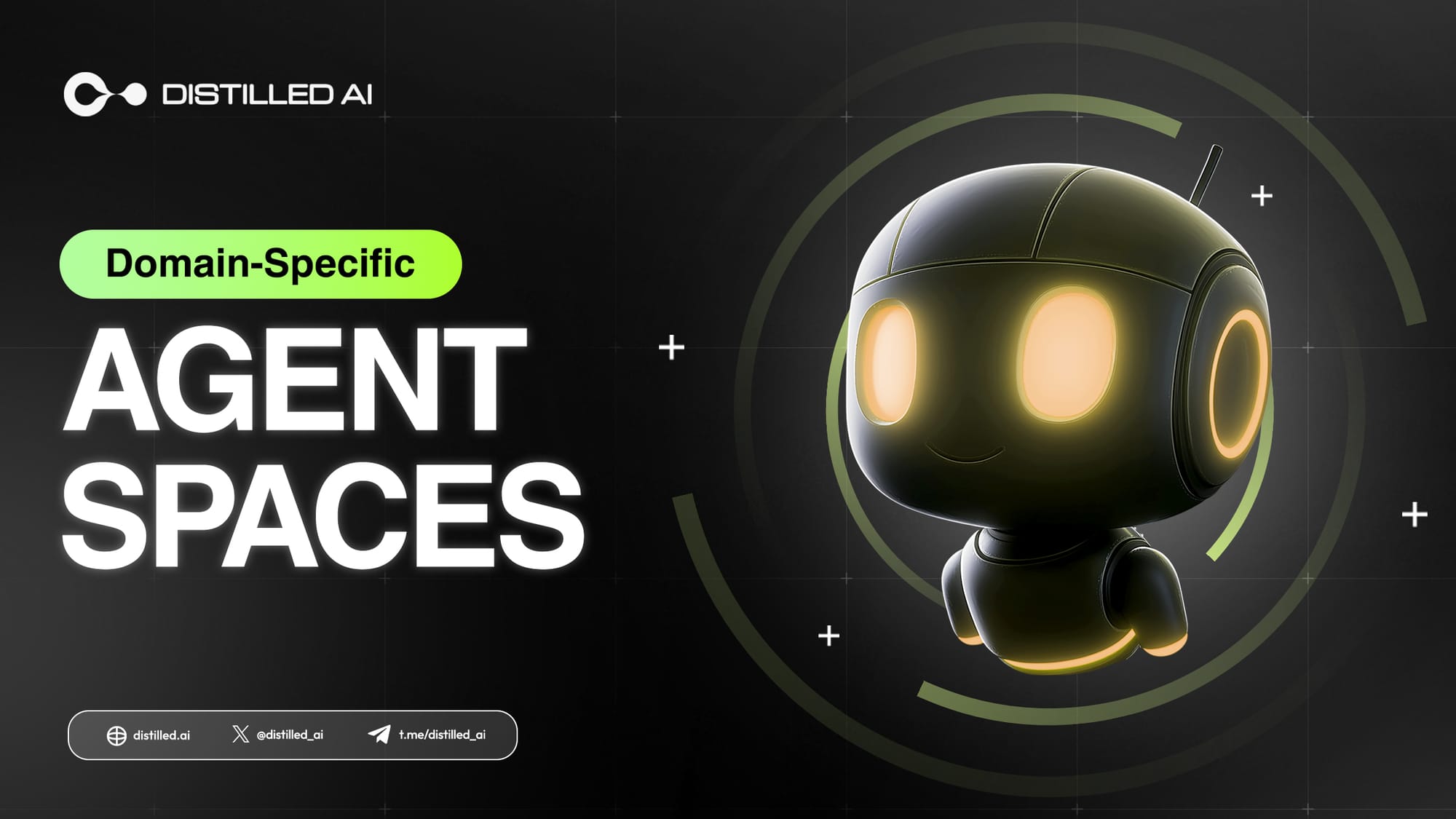- Our AI Agents
- About us
- Blog
- DeveloperComing soon
- Docs
- Enter MESH App
 Back
Back
Cybersecurity Agents: AI-Driven Threat Detection and Incident Response Strategies
DEC 03, 2024
As cyber threats grow in sophistication, AI-driven cybersecurity agents have become indispensable for proactive threat detection and swift incident response. By analyzing massive data streams in real-time and learning from evolving attack patterns, these systems enable organizations to identify and neutralize breaches faster than human-only teams can manage. Below, we delve into expert insights, highlight platforms such as Darktrace, and share breach prevention case studies showcasing the future of cybersecurity.
1. AI-Driven Threat Detection: A Game-Changer
Why It Matters
Today’s threat actors employ stealthy tactics, from zero-day exploits to advanced persistent threats (APTs). AI agents excel at anomaly detection, quickly spotting deviations from baseline user or network behaviors.
Core Capabilities
• Machine Learning Algorithms: Continuously adapt to new attack vectors, reducing false positives.
• Behavioral Analysis: Monitor user profiles, device patterns, and data flows for suspicious activity.
• Automated Alerts: Promptly notify security teams of potential breaches, enabling rapid incident containment.
Outcome: AI’s speed and pattern recognition capabilities significantly reduce the time needed to detect and respond to cyberattacks.
2. Tools Spotlight: Darktrace
Advanced Cyber AI
Known for its innovative Enterprise Immune System, Darktrace mirrors how the human immune system reacts to pathogens. It sets a “normal” baseline for network behavior and flags any atypical changes.
Key Features
• Autonomous Response: Initiates automatic containment measures (e.g., isolating compromised endpoints) upon detecting anomalies.
• Real-Time Visualization: Offers intuitive dashboards displaying threat activity across an organization’s digital landscape.
• Self-Learning Algorithms: Continuously refines its models, staying ahead of novel malware or infiltration tactics.
Takeaway: By combining AI and network intelligence, Darktrace represents how cutting-edge tools can streamline incident response and breach prevention.
3. Real-World Breach Prevention: Case Studies
Case Study #1: Global Manufacturing Firm
• Challenge: Repeated ransomware attempts targeting proprietary design data.
• Solution: Implemented AI-based detection and automated response protocols, which stopped encryption processes mid-execution.
• Result: Zero ransom paid, and downtime reduced by 80% compared to previous attacks.
Case Study #2: Financial Institution
• Challenge: Sophisticated phishing campaigns bypassing traditional email filters.
• Solution: Leveraged AI to analyze user interactions, identifying anomalies like atypical login times and suspicious link clicks.
• Result: Prevented data exfiltration by isolating breached accounts within minutes, minimizing damage.
Outcome: These scenarios underline AI’s potential to drastically cut response times and contain threats before widespread impact.
4. Expert Interviews and Best Practices
Industry Insights
Cybersecurity veteran Dr. Elena Murray notes, “AI shifts the focus from reactive post-breach cleanups to proactive, constant threat monitoring.” Another expert, John Clary, emphasizes the importance of human oversight, explaining that AI and skilled analysts must work in tandem to interpret alerts and refine detection algorithms.
Core Strategies
1. Continuous Learning: Update AI models regularly with new attack signatures and threat intelligence.
2. Incident Simulation: Conduct breach drills using AI-based scenarios to gauge and improve response effectiveness.
3. Multi-Layered Defense: Pair AI detection with robust firewalls, endpoint protection, and user training to mitigate human error.
From Darktrace to self-learning defense systems, AI-driven cybersecurity agents are fundamentally reshaping threat detection and incident response. By implementing real-time behavioral analysis, automated containment measures, and ongoing expert oversight, organizations can outpace today’s relentless cybercriminals. With dynamic AI solutions guiding the frontline, security teams are better equipped to anticipate emerging threats, minimize damage, and safeguard valuable digital assets—ultimately ensuring a more resilient digital future for businesses worldwide.
Key Takeaways
1. AI for Rapid Detection: Machine learning algorithms significantly reduce dwell time, catching threats early.
2. Autonomous Response: Tools like Darktrace isolate compromised assets automatically, containing breaches.
3. Case Study Success: Real-world examples show fewer ransoms paid, less downtime, and minimized data loss.
4. Expert Advice: Combine AI technology with continuous learning, simulations, and human expertise for optimal defenses.
By adopting AI-based security strategies, companies not only enhance breach prevention but also position themselves as leaders in cyber defense—ready for whatever new threats the digital landscape may bring.


Thank you!
Read more articles

LLMs Are Just the Sponge: Building the Full AI Cake with Agent Spaces
From LLMs to AI systems is a long journey. Just like a sponge alone doesn't make a cake, LLMs alone can't create the rich, layered AI experiences we rely on today. This article explores how the AI Cake is formed—how modular systems, orchestrated workflows, and agent spaces bring everything together. And more importantly, what Distilled AI is aiming to build: the infrastructure that transforms these ingredients into a scalable, composable AI economy. The Secret Recipe When most people interact
MAY 14, 2025

One Size Fits None: Why Domain-Specific Agent Spaces Win
As Agent Spaces begin to define how humans and AI agents collaborate, a critical design choice emerges: why not build a single Agent Space that does everything? A universal platform might sound efficient, but in practice, specialization beats generalization when solving hard problems. This article makes the case for domain-specific Agent Spaces—where modularity, focus, and community expertise create compounding value that no "do-everything" platform can match. Domain Specialization: The Compet
MAY 14, 2025

 Share article
Share article